NASA Astronomy Picture of the Day 1 May 2023: The Great Carina Nebula
Today’s NASA Astronomy Picture of the Day is NGC 3372, also known as the Great Carina Nebula which is located in the constellation of Carina.
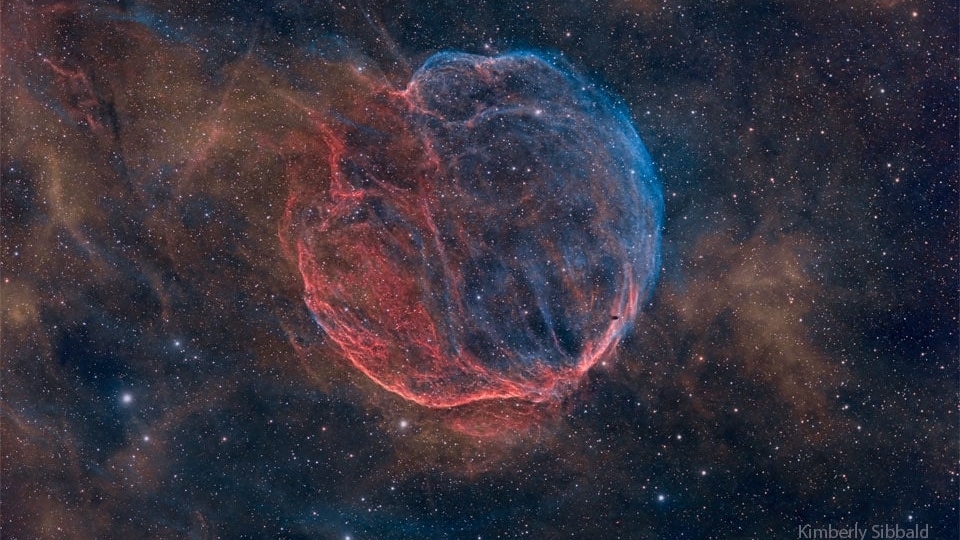
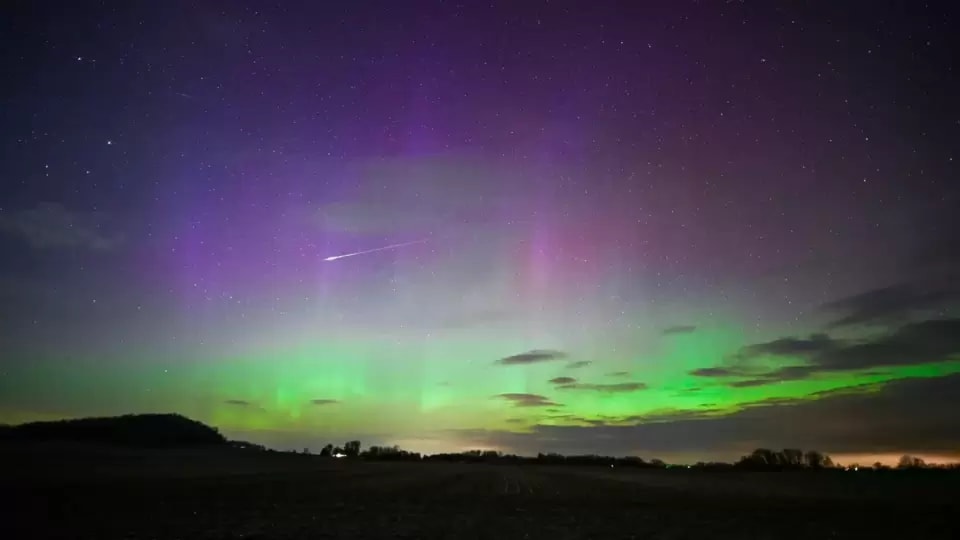

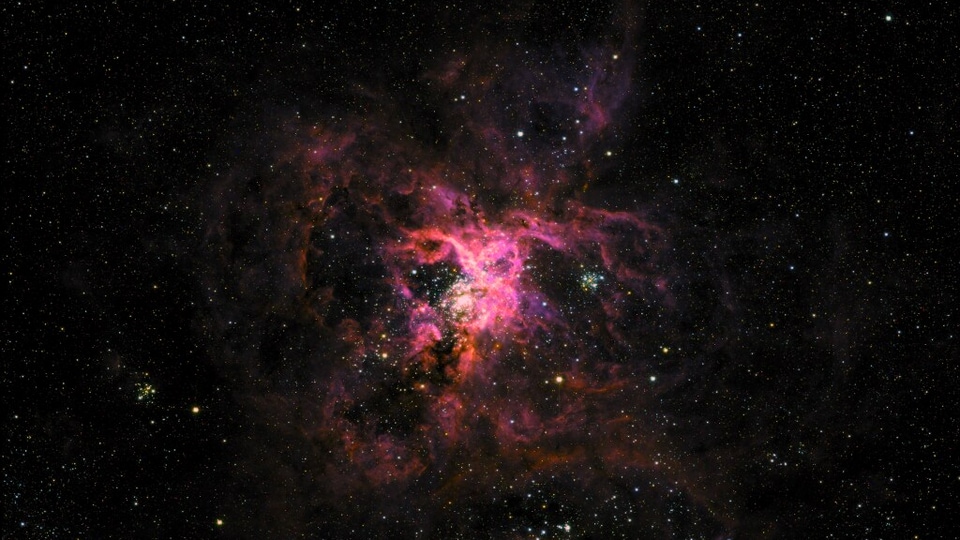
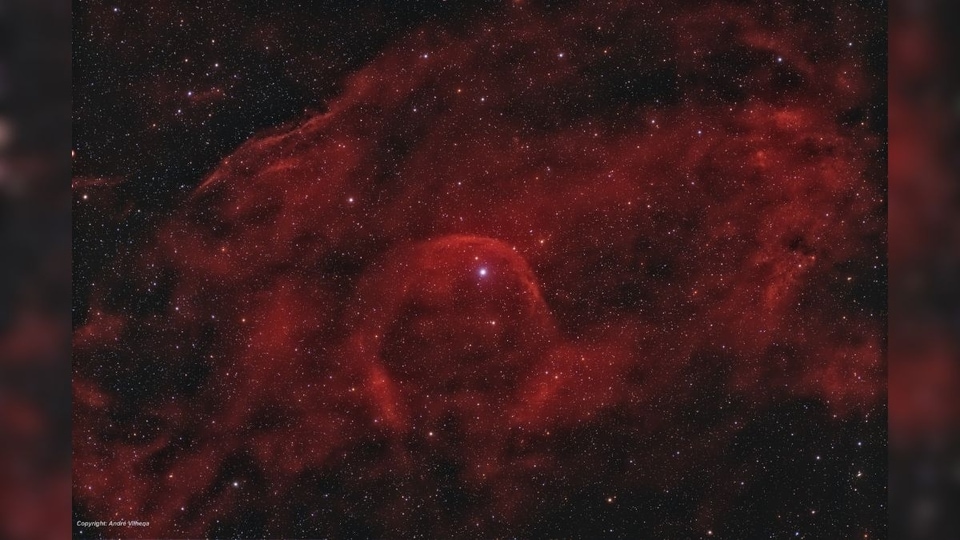
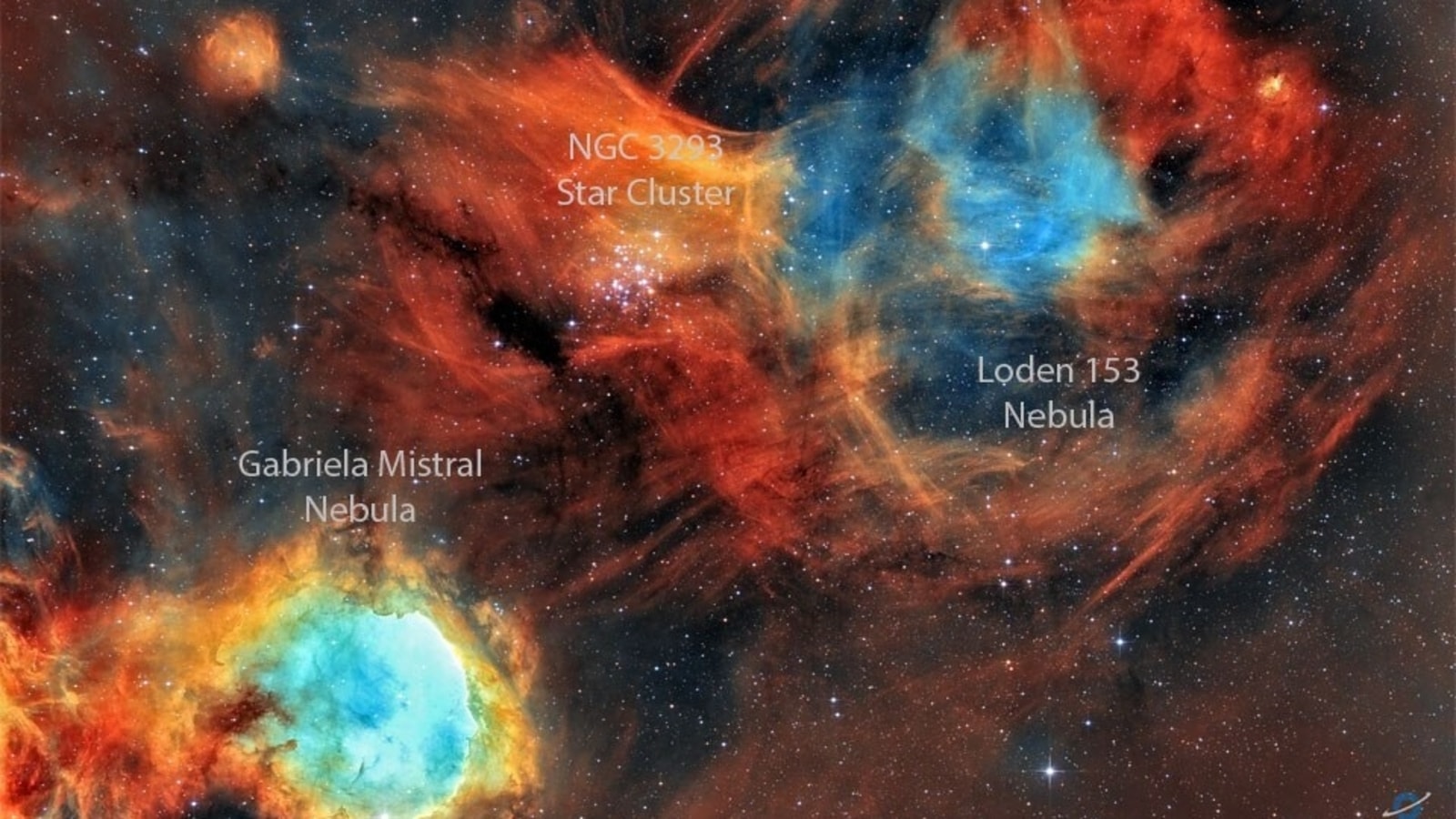
 View all Images
View all ImagesA Nebula can contain as few as ten stars or as many as millions of stars, according to NASA. Although most nebulae belong to just three types - spherical, elliptical and bipolar, some of them might be irregularly shaped, so much so that they resemble objects on Earth. Despite the seemingly great distances at which nebulae are located, advanced technology such as the Spitzer Space Telescope, the Hubble Space Telescope, and the newly launched James Webb Space Telescope has enabled NASA to observe and study these amazing celestial objects.
Today's NASA Astronomy Picture of the Day is NGC 3372, also known as the Great Carina Nebula which is located in the constellation of Carina. This star-forming region is about 8500 light-years away and spans over 200 light-years across. The Great Carina Nebula is home to several celestial features such as Keyhole Nebula and the unstable supergiant star called Eta Carinae which is expected to become a supernova sometime in the future, according to NASA.
The picture was captured by astrophotographer Carlos Taylor.
NASA's description of the picture
The Great Carina Nebula is home to strange stars and iconic nebulas. Named for its home constellation, the huge star-forming region is larger and brighter than the Great Orion Nebula but less well known because it is so far south -- and because so much of humanity lives so far north. The featured image shows in great detail the northernmost part of the Carina Nebula. On the bottom left is the Gabriela Mistral Nebula consisting of an emission nebula of glowing gas (IC 2599) surrounding the small open cluster of stars (NGC 3324). Above the image center is the larger star cluster NGC 3293, while to its right is the emission nebula Loden 153.
The most famous occupant of the Carina Nebula, however, is not shown. Off the image to the lower right is the bright, erratic, and doomed star known as Eta Carinae -- a star once one of the brightest stars in the sky and now predicted to explode in a supernova sometime in the next few million years.
Catch all the Latest Tech News, Mobile News, Laptop News, Gaming news, Wearables News , How To News, also keep up with us on Whatsapp channel,Twitter, Facebook, Google News, and Instagram. For our latest videos, subscribe to our YouTube channel.




























